
|
|
|
| synonym |
|
| description |
Males are yellowish, with the legs sometimes tinged with orange and the claws infuscated. The scutellum and pronotum are typically black, though in some individuals the center of the pronotum can be yellow. The head has two black spots in the middle. The wings are partially yellow, contrasting with a black band on the clavi (inner part of the wings) that narrow before following the commissure to the wing tips, where a triangular-shaped mark extends from the apex of each wing; the commissure (inner edge of the wings) is yellow. Females are white, tan or stained with orange. The claws and frontal arcs on the head are lightly infuscated. The wing pattern varies from almost as dark and extensive as the male but with a dark blotch at the apex of the crown and the center of the pronotum paler than the lateral margins (which are dark), to having almost entirely white or tan wings. There are light brown coronal spots, brown speckling on the pronotum, and dark patches along the clavi and at the wing tips. Adult males are 4.3-4.8 mm, females are 5.1-5.9 mm. (Hamilton, 1983) |
| distribution |
Endemic to the Southern Appalachians, especially North Carolina and Tennessee |
| abundance |
Locally common in the Smoky Mountains, not necessarily restricted to high elevations (BG) |
| seasonal_occurrence | |
| habitat |
Montane forests, brushy areas |
| plant associates |
|
| behavior |
|
| comments |
This species is one of several Evacanthus found in North Carolina that have a similar color pattern: bellaustralis, chlamidatus, and ustanucha. See each species' respective page for how to identify each species. All three species have identical genitalia; however, they are not variants of a single species since long series collected in different localities reveal little variation in the characters. The almost entirely pale corium (the thicker basal half of the wing) is unique in this genus.
There are 134 specimens collected from GSMNP and Highlands in the Canadian National Collection. |
status |
[Native:]
[Introduced:]
[Extirpated:] | | list_type |
[Official:]
[Provisional:] |
| adult_id | Unmistakable and widely known Identifiable from good quality photos of unworn specimens
Identifiable from photos showing undersides, or other specialized views [e.g., legs, face]
Identifiable only by close inspection of structural features or by DNA analysis NULL |
| nymph_id | Unmistakable and widely known Identifiable from good quality photos, especially where associated with known host plants
Identifiable from close inspection of specimens or by DNA analysis
Identifiable only through rearing to adulthood NULL |
| G_rank |
|
| S_rank |
|
| rank_comments |
|
| tribe |
Evacanthini |
| subgenus |
|
Species Photo Gallery for Evacanthus bellaustralis No Common Name |
 | Photo by: Mark H. Brown
Swain Co.
Comment: found around 6,000 ft | 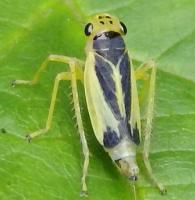 | Photo by: Mark H. Brown
Swain Co.
Comment: near Clingman's Dome |
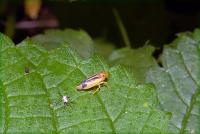 | Photo by: Tim Forrest
Madison Co.
Comment: |  | Photo by: Tim Forrest
Madison Co.
Comment: |
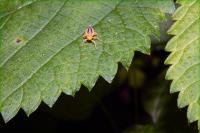 | Photo by: Tim Forrest
Madison Co.
Comment: | 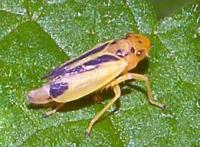 | Photo by: Tim Forrest
Madison Co.
Comment: female |
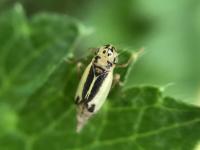 | Photo by:
Haywood Co.
Comment: female | 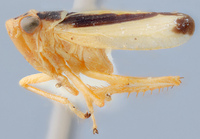 | Photo by: W.R.M. Mason
Out Of State Co.
Comment: This is the holotyperncoll. July 2, 1957rnphoto from the Canadian National Collection |
 | Photo by: W.R.M. Mason
Out Of State Co.
Comment: This is the holotyperncoll. July 2, 1957rnphoto from the Canadian National Collection |

 »
»
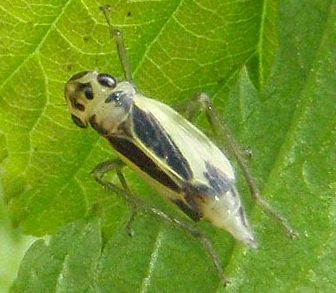



 »
»


